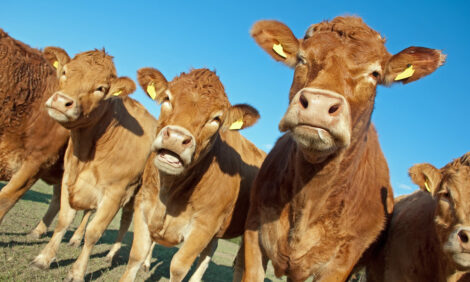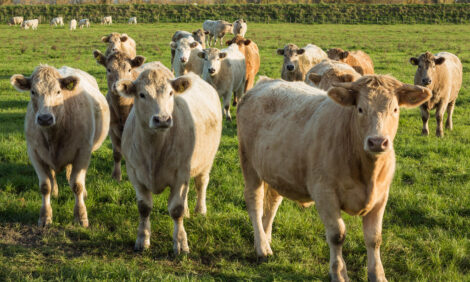



New Tools in Methane Battle
NEW ZEALAND – Graziers could have a safe and effective way of reducing methane emissions from ruminants by up to 90 per cent by 2020.Five different animal-safe compounds have been identified for cattle and sheep by AgResearch New Zealand that reduce waste between 30 and 90 per cent.
Dr Rick Pridmore of the Pastoral Greenhouse Gas Research Consortium said the result were significant on two counts. “First, because they work on livestock consuming a grass-based diet and, second because the short-term trials showed such dramatic results.”
However, he stressed it was ‘early days’ and that further trials were needed to clarify long term emissions effects and impacts on productivity and meat or milk residues.
He added: “We are already looking to engage with a commercial partner and, all going well, we could possibly see a commercial product for use on-farm within five years.”
Trials took five years, screening over 100,000 compounds through laboratory experiments and computer-based searches.
The work falls under the banner of the New Zealand Agriculture Greenhouse Gas Research Centre’s (NZAGRC) work on methane mitigation which is exploring four separate avenues.
As well as using compounds, the programme is looking to breed lower emissions ruminants, identify low greenhouse gas feeds and develop a vaccine to reduce methane formulation by targeting methanogens that live in the rumen.
“Methane produced by rumen methanogens represents about nine per cent of the dietary energy in the forage consumed by the animal,” said principal scientist, Dr Peter Janssen (pictured).
“If some of that energy can be redirected to the animal, it may lead to an increase in the animal’s ability to produce meat, milk or wool. This would be a real win-win for farmers.”
TheCattleSite News Desk


